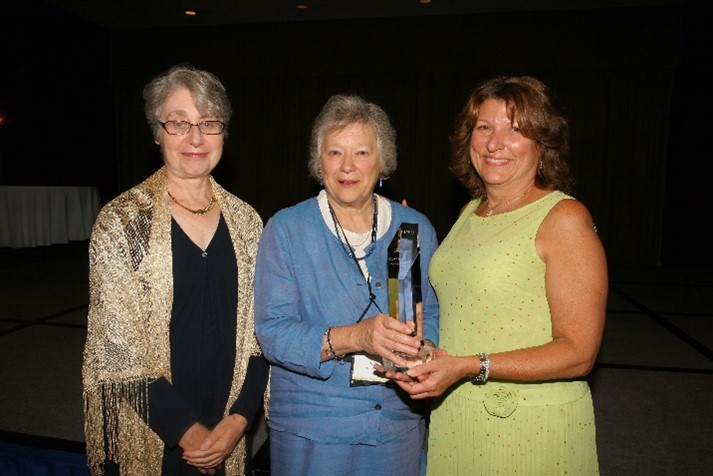
© American Girl/Mattel
Last week, American Girl (AASLH members since 1996) announced their latest character and story collection that will debut this summer. In honor of Black History Month and the company’s 30th anniversary, the newest doll is Melody Ellison, a nine-year-old African-American girl living in Detroit during the 1960s. Her stories, written by Denise Lewis Patrick, will focus largely on the Civil Rights Movement and how Melody experiences this tumultuous time through the eyes of a young girl.
Melody’s story and development, like all American Girl dolls, involved thorough historical research and consultation with an advisory board; in Melody’s case, the board included the late Civil Rights activist Julian Bond. She is the company’s third African-American historical doll, and, in my opinion, represents an exciting new chapter in American Girl’s mission of presenting thoughtful and accessible history to children. Check out this video about Melody’s development:
As a lifelong fan of American Girl and historical fiction, I was thrilled to hear this announcement. And as a public historian who loves to see history in the hands of children, I was even more excited. The American Girl stories and dolls, along with other series and toys, formed a large part of my early interest in history. This franchise was everywhere beginning in the early 1990s, and brought history to life for kids through dolls with an impressive array of accessories (reproduction artifacts in their own right, ranging from clothes to furniture to models of period-accurate food), as well as through the stories, a magazine, and eventually made- for-television movies. American Girl was extremely popular with millenial girls across the country, and I was no exception. I loved reading about the different historical characters and imagining the worlds they lived in, and the books combined great stories with history lessons that kids could understand and relate to.
It’s not too much of a stretch to say that my early experiences learning about history with American Girl ultimately helped lead me to history as a profession. And I’m not alone: in an article from earlier this year, Whitney Thornberry, a Sites Interpreter for the Colonial Williamsburg Foundation, describes our cohort of historians who were inspired as children to love history through books and toys, as “the Felicity Generation.”
Felicity was one of the first dolls produced by American Girl in the early ’90s, and her story depicted a colonial shopkeeper’s daughter caught up the Revolutionary War as it played out in Williamsburg, Virginia. The Felicity stories were so popular among children that Colonial Williamsburg had special programming based on the books for young visitors to enjoy, and girls would often dress up like Felicity and bring their dolls with them into the town. In the article, Thornberry connects her childhood love of American Girl with her lifelong passion for history and ultimately her decision to live her dream as an interpreter (and resident) of the historic city that Felicity called home. And she’s in good company — check out this photo of Colonial Williamsburg staff members and their dolls.
I’m excited to see where the Melody story goes, and how this character can help bring historical awareness and empathy to a new generation that faces a diminishing appreciation of history as well as a serious lack of diversity in toys and media representations. I hope Melody inspires her readers and playmates to consider complex recent history in a way they can identify with, and most of all, I hope she inspires future generations of historians to pursue their childhood dreams.
Aja Bain is Program Coordinator at AASLH. She can be reached at [email protected] or (615) 320-3203.




